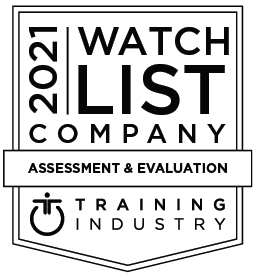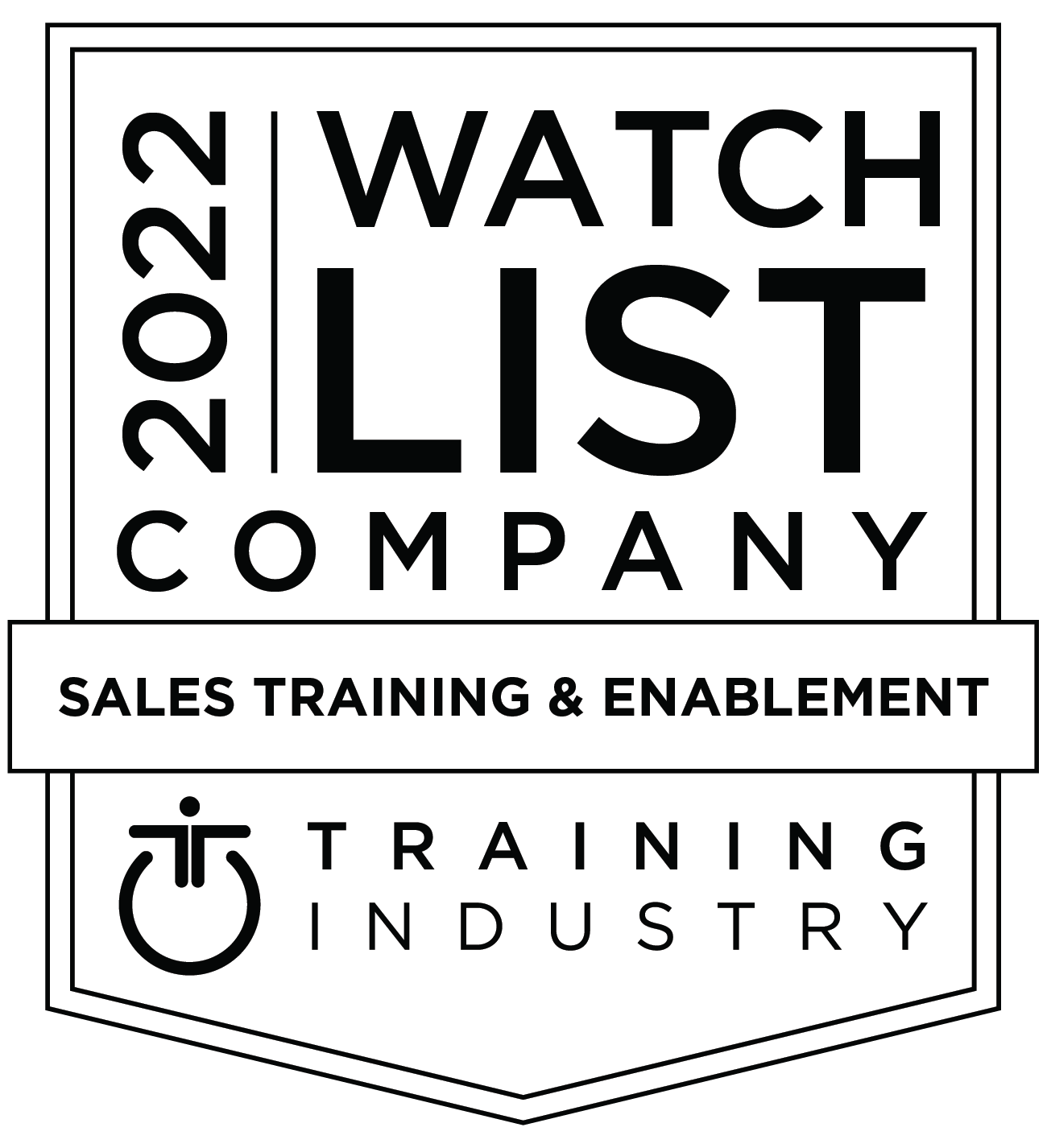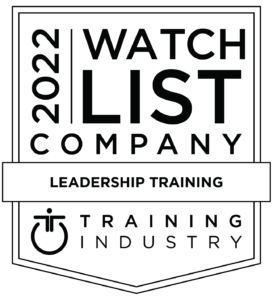10 things you can do to be your best you
You’ve got this. It’s presentation time. You labored over your deck. You know you’re ready.
But are you? Suddenly all eyes are on you, and everything changes.
You don’t feel like your best self.
We Hate Being Judged by Others
Twenty years as a communication coach has taught me that when it comes to presentation situations, if people don’t feel confident that their best self is on display, they minimize or avoid those situations regardless of the cost to their organization or their career.
You don’t need to read the science behind it to know that when you feel nervous or anxious in front of anyone who is evaluating or critiquing your performance, your default behavior will be to protect yourself. What does that look like in front of an audience? Like you’re nervous or anxious.
What is it about presenting that can keep us from being our best selves? And what can we do about it?
Actually, plenty.
Anyone can be a credible presenter
It doesn’t matter if you’re an introvert or an extrovert, shy or not-so-shy, just about anyone can learn to be their best, credible self when presenting. And when you do, you just might find that your business will be more successful, your career growth will accelerate, and your audiences will be grateful to hear what you have to say.
Let’s take a look at 10 things that I regularly coach clients on so that you can become your best self while presenting.
5 Things You Should STOP Doing
- Stop Winging Your Preparation
We all live in a crazy busy world. In the face of creating a presentation, there’s a strong urge to just open PowerPoint and start churning out slides. Don’t. Unless your goal is to put your audience to sleep. Consistently successful presenters know they must first create a compelling story before even thinking about visuals. Use a tool, like the Mandel Blueprint®, to help you prepare and deliver audience-centric, story-driven content focused on the outcomes you need to achieve. - Stop Using PowerPoint as a Crutch –
The only person who falls in love with a PowerPoint deck is the creator. If you’re winging your prep, you’re likely over filling slides with bullet points and text. There are two problems with this. First, your audience simply can’t efficiently process what you’re saying while trying to read a wordy slide at the same time. Second, the more you rely on words on the slide, the further you get from telling your compelling story, and that just leads to more anxiety and stress. Show don’t tell. Think less text, more images and graphics. - Stop Saying “Um” –
Think about your favorite TV show. When an actor says “um,” remember that the writers purposefully wrote the dialogue that way so that the character appears hesitant, nervous or incompetent. Practice pausing instead. For the audience, pausing is like punctuation, making it easier for them to follow along. Plus, it creates space for you to think, to breathe, and to stay in control. Even though you may believe your “ums” are allowing you to think, it’s actually doing the opposite. Non-words like “um” are examples of weak behavior. Be strong. Pause. - Stop Looking Timid –
Sometimes presenting can feel like a hostile event. If, your body language is closed-off and defensive, your audience may quickly perceive you as vulnerable and take advantage of you through frequent interruptions, side conversations, and unnecessarily tough questions. Are your arms crossed in front of your chest or tucked behind your back? Where are your hands? Did you know that audience eyes will follow them? Do you really want your hands in the classic “fig-leaf” posture? I didn’t think so. Try an open, relaxed posture with your hands at your sides. It’s powerful, and it’s easier to gesture naturally from there. Guaranteed it will feel uncomfortable at first, but fake it until it’s not. - Stop Practicing in Front of Your Audience –
Your story and slides are done. Have you practiced? Out loud? On your feet? Seasoned presenters know that you don’t want the first time you say your presentation out loud to be in front of your actual audience. In my experience, people feel the most nervous at the beginning of their presentations. And guess what? That’s exactly when your audience is most critical. If you’re pressed for time, just practice your opening two minutes three to five times. It’ll be about ten minutes well spent.
5 Things You Should START Doing
- Start Focusing on Audience Care-Abouts –
We all want our audience to engage with what we are saying and really listen to our ideas. The only way this happens is when you do your homework and focus on what’s going on in your listener’s world. What are their challenges and opportunities? What actions need to happen? If you’re already using Mandel’s SCI-PAB® (Situation/Complication/Implication – Position/Action/Benefit) model, then you know that the “SCI” helps guide your research and thinking on this. The more you can tune into what the audience cares about, the more targeted and effective your presentation will be. - Start Using Nervous Energy to Your Benefit –
Everyone experiences the jitters just before a presentation, even the most practiced speakers. Successful presenters learn to transform this energy into gestures, movement and vocal/facial animation. Fidgety hands turn into expressive gestures. Thin, shaky vocals start to sound confident and conversational. Random movement becomes purposeful and engaging. Ultimately, you’ll appear and feel more confident, in control and credible. - Start Connecting with Your Eyes –
In natural conversation, when we’re not in front of an audience, we use eye contact a lot. A general assumption is that eye contact is favorable because it demonstrates honesty for the listener. Sure, but what does it do for you as the speaker? Eye contact gives you feedback. During your presentation, if you just talk to one person at a time and sustain eye contact for 3-5 seconds each, you’ll be able to instinctively slow down, moderate your voice, and calm down your brain to help it function as it does in those natural, less pressured conversations. - Start Letting Your Personality Shine –
Coaching has allowed me to meet countless dynamic and engaging personalities, and it still amazes me how that wonderful “best self” can just drain from an individual the moment they become nervous in front of a group. To mask this nervousness, people often hide behind a bland professional façade. They might start using pretentious language or adopt a more robotic tone. The best speakers always sound like they’re conversing just to you. Act true to yourself. Don’t hide your conviction. Use your sense of humor. Remember that an audience tends to respond warmly if you show your individuality authentically. - Start Seeking Opportunities to Present –
To progress, you’re going to have to deliver presentations. Lots of them. Regularly and often. But your first attempts shouldn’t be a high-stakes, career-risking endeavor. Better to find low stakes opportunities at work or in your personal life with a topic and audience you are comfortable with. Choose a skill to work on, like eliminating “ums.” And even when you’re not presenting, you can work on things like keeping an open posture while waiting in line for your morning latte. Or put Post-it Notes on a wall and practice your eye contact. Every bit of practice will help you be your best self, even during mission critical presentations.
What Are You Waiting For?
Learning how to be your best self while presenting can be a career-changer. Take time to set some personal goals this year. What are you going to work on? How are you going to do it? Who’s going to help you? Expert coaching and training, especially those that leverage the power of video recording, can significantly accelerate your development.
Mandel is ready to help.
Citations (in order of appearance)
Blog: Are You Your Best Self While Presenting?
Long, Phoebe and Kristin D. Neff. “Self-Compassion is associated with reduced self-presentation concerns and increased student communication behavior.” Learning and Individual Differences 67 (2018): 223-231. https://www.sciencedirect.com/science/article/pii/S104160801830147X?via%3Dihub
Holst, Brad. “Do Presentation Skills Matter?” Training Industry Magazine. (March 2015). https://trainingindustry.com/articles/content-development/do-presentation-skills-matter/
Mandel.com. “Powerful Storytelling & Communication Tool The Mandel BLUEPRINT.®” https://www.mandel.com/why-mandel//mandel-blueprint-communication-tools
Mandel Communications, Inc. “The 5+1 Slide Strategies for Executive-Level Presentations.” Vimeo. (2016). https://vimeo.com/148427019
Atkinson, Cliff and Richard E. Mayer. “Five Ways to Reduce PowerPoint Overload.” Indezine (March 2004). https://www.indezine.com/stuff/atkinsonmaye.pdf
Mandel, Steve. “How to Pause When Presenting.” Mandel Communications. (May 2014). https://www.mandel.com/blog/how-to-pause-when-presenting/
Cohen, Steven D. “Tips on Public Speaking: Eliminating the Dreaded ‘Um.’” Harvard University Extension School. (June 2015). https://www.extension.harvard.edu/inside-extension/tips-public-speaking-eliminating-dreaded-um
Prabaharan, Nivetha. “Behavioral Cues for the Perception of Victim Vulnerability.” Inkblot 4 (September 2015). https://inkblotuoft.files.wordpress.com/2015/06/nivetha.pdf
Cuddy, Amy. (June 2012) Your Body Language May Shape Who You Are . Retrieved from https://www.ted.com/talks/amy_cuddy_your_body_language_shapes_who_you_are?language=en
Long, Jennifer. “The Importance Of Practice – And Our Reluctance To Do It.” Harvard Business Publishing. (April 2016). https://www.harvardbusiness.org/the-importance-of-practice-and-our-reluctance-to-do-it/
Mandel.com. “The SCI-PAB® Thinking & Messaging Tool.” https://www.mandel.com/why-mandel//SCI-PAB-how-to-start-a-presentation
Stone, Maddie. “Why Speaking In Public Makes You Panic.” Gizmodo. (July 2015). https://gizmodo.com/why-public-speaking-makes-us-panic-1716526888
Jiang, Jing and Kamila Borowiak, Luke Tudge, Carolin Otto, and Katharina von Kriegstein. “Neural Mechanisms of Eye Contact When Listening to Another Person Talking.” Social Cognitive and Affective Neuroscience 12(2) (2017): 319-328. https://www.ncbi.nlm.nih.gov/pmc/articles/PMC5390711/
Mandel, Steve. “3 Ways to Use Eye Contact to Your Advantage.” Mandel Communications. (February 2014). https://www.mandel.com/blog/3-ways-use-eye-contact
Sparks, Susan. “The Masks That We Wear.” Psychology Today (October 2015). https://www.psychologytoday.com/us/blog/laugh-your-way-well-being/201510/the-masks-we-wear
Bernard, Sara. “To Enable Learning, Put (Emotional) Safety First.” Edutopia. (December 2010). https://www.edutopia.org/neuroscience-brain-based-learning-emotional-safety










